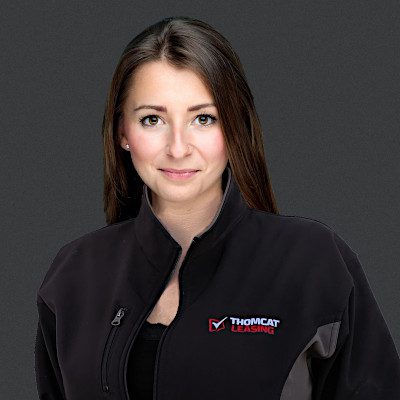The Complete Small Business Equipment Leasing Guide
Thomcat Leasing has been helping Canadian small businesses grow and compete since 1989. We know how tough it can be for companies to get the equipment they need, so we created this guide to help businesses like yours get the most out of equipment leasing.
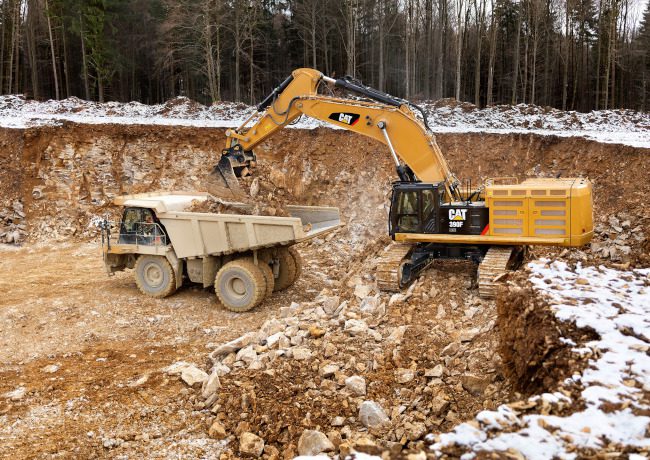
With leasing you can pay for your equipment while you use it to make money.
Equipment Leasing Basics
New to small business equipment leasing? You’ve come to the right place!
How Does Equipment Leasing Work?
Equipment leasing is a type of financing where you pay a monthly fee to use a piece of equipment for your business. Your payments are based on the value of the equipment.
Lease payments also include interest. The interest rate for a lease depends on your credit score, the condition of the equipment (new or used), and the value of the equipment you want to lease.
During the lease you pay to use the equipment, but you don’t own it – the equipment belongs to the company that finances the lease.
Whether you become the owner at the end of the lease depends on the end-of-lease option you choose.
If you want to lease to own, you can choose a buyout option that lets you become the owner at the end of the lease. Otherwise you simply return the equipment when the lease ends.
You can find out more in our post What Is Equipment Leasing?
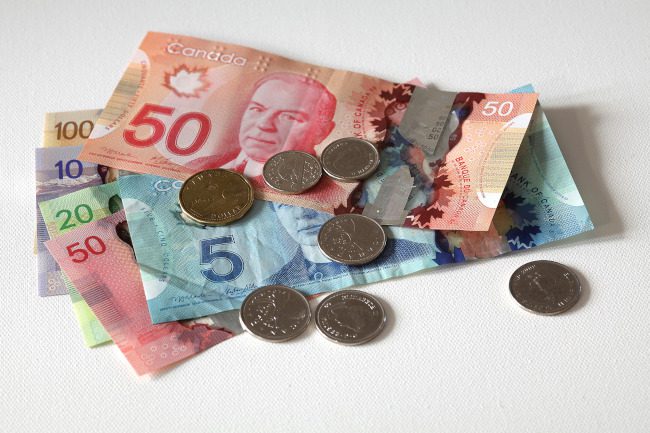
Lease brokers get you a great deal by making lenders compete for your business.
What is a Lease Broker?
An equipment lease broker is a person or company that works to find the best rates and conditions for your lease. They use their connections with different lenders and their industry knowledge to get a great deal for you.
Lease brokers are a bit like underwriters, but different in a few important ways. Underwriters work for one institution, but brokers draw on relationships with many lenders. Brokers focus on finding a solution for you, while underwriters just decide whether or not their institution can make a deal.
It could take a long time to find the best deal if you have to ask each lender individually. This is where a lease broker saves you time and improves your odds of getting the best terms for your lease.
Once a lease broker knows what you need, they’ll get to work finding the right lender for you.
Equipment Leasing vs Buying
Leasing equipment is different from buying it. With a lease you make monthly payments so you can use the equipment, but you don’t own it.
If you want to own your equipment at the end of the lease, you need to make a lease-to-own deal and pay the buyout cost.
When to Buy
Buy when you want to own and use your equipment for a long time, have plenty of spare cash in your business, and don’t mind accounting for your equipment as a capital asset.
When to Lease
Lease when you want to use the equipment for a shorter time (2-5 years), keep your cash for other expenses, and break a large payment into easy-to-afford flexible payments.
Check out our post on Leasing vs Buying for a more in-depth look at the pros and cons.
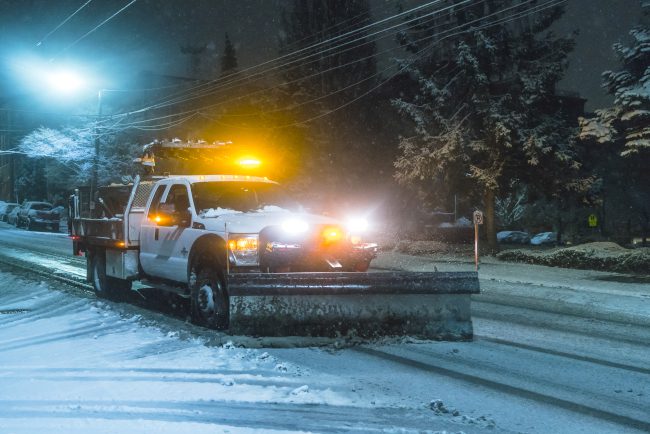
Leasing applications have a fast turnaround so you can get down to business sooner.
Equipment Lease vs Loan
Buying equipment is a big expense for small businesses, so there’s good reason to break up the costs and spread them out with a lease or a loan. While both can get you the equipment you need, there are some important differences.
One key difference is that with a loan you own the equipment, but with a lease you don’t own it until you pay the buyout at the end of the lease term. This affects how you account for your equipment in your business bookkeeping and tax filing.
Another difference is that lease applications tend to be faster to process than loans. They’re also less likely to require down payments and collateral as part of the deal, and they can offer more flexible payment structures than loans.
For all the nitty gritty details, see our Lease vs Loan comparison.
Finding the Right Equipment for Your Business
The first step to growing your small business is finding the right equipment. Start off strong with these tips on how to find the right machine at the right price.
Searching for Equipment Online
There are a lot of good deals online, especially for used equipment. Start your search on popular, user-friendly sites where you’ll have the best chance of finding the right equipment.
Start your search on:
- Kijiji – A good place to look for new or used heavy equipment.
- Market Book – Plenty of listings for construction equipment, agricultural equipment, trucks, and trailers for sale in Canada.
- Supply Post – Here you can find heavy equipment for any industry for sale.
- Ritchie List – Lots of information plus a verified seller feature to help you buy with confidence.
- Used.ca – You can pick the city for your search, from Prince Rupert to Halifax and just about anywhere in between.
- Machinery Trader – For construction equipment, trucks, trailers, and tractors.
- Truck Paper – For trucks and trailers available across the US.
- AgDealer – Mainly farming equipment, but some other industries like construction and forestry.
- Auto Trader – Here you can find all kinds of vehicles, which is great if you’re looking to lease cars or trucks for your business.
- Craigslist – View local listings for new and used trucks and heavy equipment.
Get informed so you can tell if the price is good value for money. Look for listings with a photo and the make, model, condition, technical specifications, maintenance details, and warranty information (if there is any).
Find more advice in our Tips and Tricks for a Successful Online Equipment Search our guide on How to Shop for Heavy Equipment Online.
Equipment Leasing for Private Sales
Many people don’t know that they can lease equipment from a private seller. This gives you the freedom to buy what you really want and the flexibility of lease financing. With a lease-to-own deal you can buy your equipment now and pay for it while you use it.
For private sale leasing on equipment from anywhere in North America, check out Thomcat Leasing’s You Find It! We Finance It! lease.
Online Equipment Auctions
Online auctions are a great way to get used equipment at a good price. Once you’ve found something you want to bid on, take a few steps to improve your odds of winning.
Do some research to figure out the fair market value of the equipment and decide how much you’re willing to spend.
Think about the other costs involved too, like transportation or inspection fees.
These numbers will give you the guardrails you need so you don’t go overboard when the auction starts.
When you’re ready to start bidding, you can increase your odds with the right online equipment auction strategy.
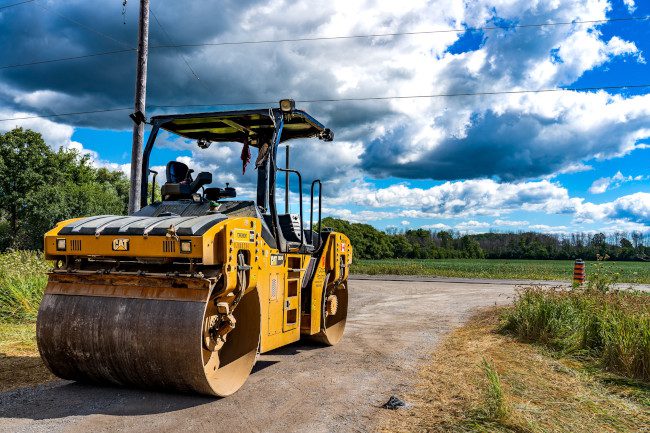
You could save a lot by leasing older used equipment.
Older Equipment Models
Consider whether an older equipment model might be just what you need to get the job done.
An older piece of equipment that’s in good repair might cost you a lot less to lease than something brand new or recently used.
Often it will not depreciate in value as fast as a newer model.
Price vs Operating Costs
When choosing the equipment you want to lease, make sure to consider all the costs involved, not just the price.
A machine might not be worth it if its operating costs are high or it breaks down a lot. These are the hidden costs of cheap equipment.
Before you decide to lease a piece of equipment, take some time to estimate the annual operating costs. Add up what you’re likely to spend each month on parts and labour, and don’t forget to think about the effect that downtime due to maintenance will have on your business.
Understanding Your Lease Costs and Options
You’ll get the best deal for your small business if you understand all your equipment leasing costs and options. Here we’ll cover everything from interest rates to end-of-lease options.
Equipment Leasing Interest Rates
Everyone wants to know what the best leasing interest rates are and how to get them. The answer to these common lease rate questions is that it depends on your credit score and the cost of the equipment you want to lease.
The most efficient way to get the best rate today is to go through a lease broker.
Lease brokers work with multiple lenders to find the best rates available for you. The broker will save you time and money by getting lenders to compete with each other for your business.
In the long term, you can get better lease rates by taking steps to improve your business credit score.
Do You Need Collateral for an Equipment Lease?
Finding collateral for a lease deal couldn’t be simpler – in most cases, the leased equipment is all you need. This means leasing is often easier to qualify for than a bank loan, where collateral can be a big obstacle.
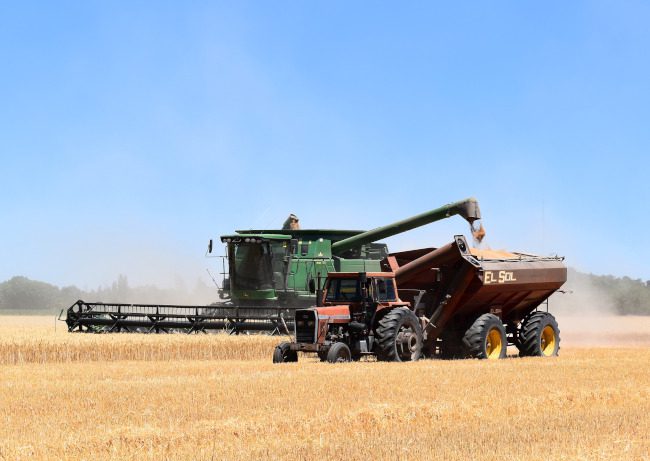
Choose lease payments that change with the seasons for cyclical businesses like agriculture.
Understanding Your Monthly Payments
To make the most of leasing, it’s important to understand what’s included in your monthly payments and how they’re affected by the options you choose. The factors involved in your monthly payments include:
- Equipment price
- Interest rate
- End of lease option
- Lease term length
- Inspection and transport fees
- Flexible payments
Equipment Price
Equipment cost has a big effect on your monthly payments. The more expensive it is, the higher your monthly payments are going to be.
Interest Rate
Your lease rate will depend on your credit score and the equipment cost. A good credit score will help you get the best rate.
Equipment worth over $100k might also qualify for lower interest than less expensive equipment.
End of Lease Option
The end of lease option you choose affects your monthly payments. In particular, the buyout clause of a lease-to-own deal influences how big your monthly payments will be.
Lease Term Length
Here you can choose either lower monthly payments or a shorter lease term. A shorter lease term means you’ll pay a bit less in interest overall, while a longer lease term gets you lower monthly payments.
Inspection and Transportation Fees
A good lease deal will include these fees with your equipment cost so they become part of your monthly payments. This lowers your upfront costs and spreads them over the term of your lease.
Flexible Payments
If your business is cyclical, you might want to structure your lease payments to match. Flexible payments let you do just that, and they’re one of leasing’s big advantages over bank loans.
When you look into leasing for your seasonal business, ask about payment flexibility.
Equipment Leasing Fees and Costs
Like any big financial deal, leasing has some fees and costs. Plan for them as part of the cost of doing business. They don’t all apply to every lease, so know what they are and discuss them with your leasing company before you agree to a deal.
You should also know the hidden fees to avoid. The one you should always watch out for is the application fee. The best leasing companies won’t charge you just to review your application, so don’t make a deal with anyone who does.
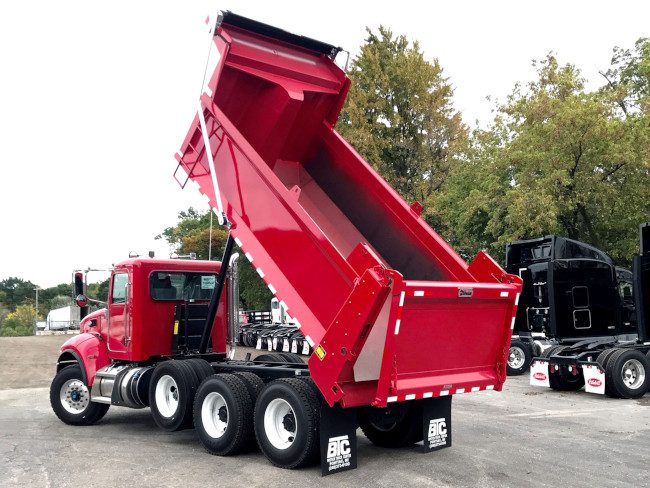
Choose lease-to-own if you want to own your equipment at the end of your lease.
End of Lease Options
When you make a lease deal, you’ll need to choose an end of lease option. This will affect your monthly payments as well as what happens to your equipment at the end of your lease.
Get familiar with your choices so you can pick the right end of lease option for your business goals.
Your standard end-of-lease choices are:
- Lease to own
- Continuing rental
- Trade up
- Equipment return
Each option has its own use case, which we’ll explain so you can pick the best match for your situation.
Lease to Own (Purchase)
There are plenty of reasons to choose lease-to-own financing for your next equipment purchase. Highlights include lower upfront costs, fast application turnaround, and flexible payment schedules.
Lease-to-own deals include a buyout clause that says how much you’ll pay to become the owner at the end of the lease. The buyout option you select will impact the size of your monthly payments.
Continuing Rental
With continuing rental, your lease deal turns into a rental agreement at the end of the lease term. You keep making the same monthly payments and keep using the equipment.
This option is popular with big corporations and government ministries that don’t want to own their equipment.
Trade Up
Trade up is a good option for businesses that need to keep pace with rapid technological changes, including agriculture, IT hardware, and security systems.
At the end of your lease you trade your equipment for a new and improved model with a new lease.
Equipment Return
Leasing is an excellent choice for your short-term equipment needs. When you know you’ll only need your equipment for a limited time, pick equipment return as your end-of-lease option. Just return the equipment when your lease ends.
Applying for a Lease
Here’s our practical guide to applying for a lease. Below we’ll cover the steps you can take to get the most out of leasing for your small business.
Decide if Leasing Is Right for You
We’d like to tell you that leasing is always your best option, but we know that’s not true. Leasing works better for some cases than others. Here are some of the situations where you should strongly consider leasing:
You Only Need to Use Your Equipment for a Short Time
Leasing works well for short term equipment needs from about 2 to 5 years.
The application process is usually simpler and faster than applying for a loan.
You won’t be stuck trying to sell the equipment at the end of your lease – the leasing company takes it back when the lease is done.
You Want to Own Your Equipment
If you want to own your equipment after your lease, you can make a lease-to-own deal. This means that your monthly payments will count towards the purchase price of your equipment.
At the end of your lease you’ll pay the buyout fee and take possession of your equipment.
Lease-to-own is similar to loan financing but may offer a more flexible payment structure that is better for your business.
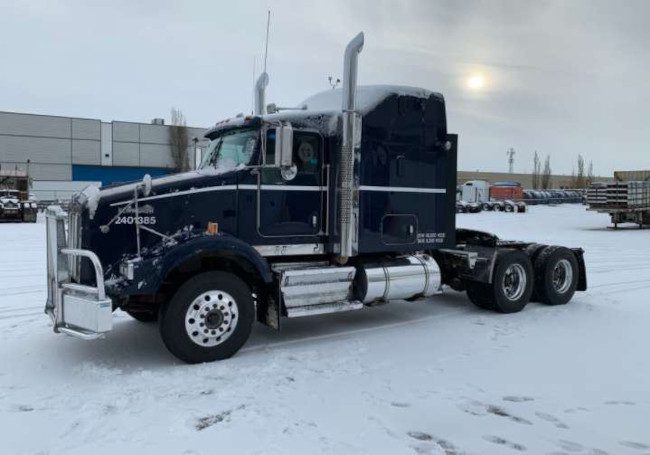
A little preparation goes a long way toward getting you the best lease deal.
What it Takes to Get Approved for an Equipment Lease
If you want to get approved for an equipment lease, you’ll need to show that you’re a good bet to make all your payments.
The leasing company will look at your credit score, credit history, business history, and intended use of the equipment.
Credit Score
A credit score over 680 (“Good”) will get you the best interest rates with the least amount of paperwork.
Credit scores between 620 and 680 (“Average”) may require you to submit more documents in order to be approved, and your interest rates will be a bit higher.
A score under 620 (“Low to Poor”) is often declined.
Credit History
Some events in your credit history are deal breakers. You won’t be able to get lease financing if any of the following happened to you or your business in the last 5 years:
- Filed for bankruptcy
- Filed for consumer proposal
- Underwent debt consolidation
- Frequently defaulted on payments to creditors
If your business is a partnership or sole proprietorship, rather than a corporation, your personal finances will be a factor.
Business History
You’ll have a good chance of qualifying for a lease if your business has been active for 2 years or longer. But don’t give up if you’re a new business, because you still have options.
For newer business we recommend focusing on lower cost equipment that has a high resale value. These types of leases are less risky for the lender so they’re more likely to approve you.
Intended Use of Equipment
You can improve your chances of getting a lease by making the business case for the equipment you want.
If you can say what you need the equipment for, why you need it now, and how it will help your business grow, then this can help your application.
How to Apply for an Equipment Lease
Applying for a lease is pretty simple if you know what to expect. Here’s how it goes:
- Find your equipment
- Figure out the additional costs
- Compare lease estimates
- Apply for a lease
- Submit your documents
- Close the deal
Find Your Equipment
The first step is to find your equipment. We’ve got some equipment search tips that can help you out if you’re at this stage.
Figure Out the Additional Costs
Add up the costs, like inspection, shipping, customs, etc. A good lease deal will roll them into your monthly payments so you don’t need to pay them all upfront.
Compare Lease Estimates
Make a short list of leasing companies and then ask them for monthly payment estimates so you can compare them. This will also give you a sense of the customer service offered by each company and help you decide who to go with.
If you’ve found the equipment you want to lease, Thomcat Leasing can give you a monthly payment estimate in under one minute.
Get a 60 Second Lease Estimate
Apply for a Lease
Complete your application. You’ll fill in a form with some information about you, your business, and the equipment you want to lease.
Take a look at the Thomcat Leasing online lease application to see what you can expect.
Submit Your Documents
You may need to submit a few documents to get approved. Usually your most recent bank statements and tax return will do.
Close the Deal
You’re approved – get an invoice so we can pay your seller. The equipment is yours and you can get to work!
Get more detailed equipment leasing advice in our post on How to Lease Equipment.
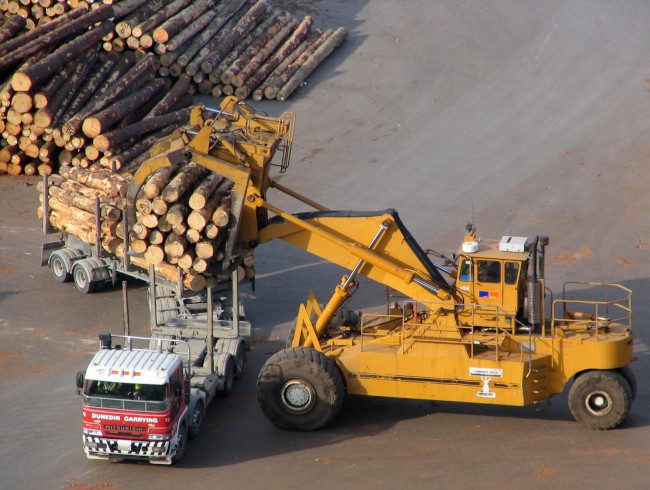
Rejection doesn’t have to be the end of the road – take steps to succeed next time!
Handling Rejection
Not every lease application is successful, but it helps to know the main reasons that leases are rejected.
The most common are:
- Poor credit
- Negative credit history
- No credit history
- Poor asset
Poor Credit
Poor credit is a major reason that leasing applications are rejected. Rejection for poor credit stings, but it’s not the end of the road.
We recommend you get a copy of your credit report, check it carefully, and start taking steps to improve it.
You might discover errors that you can fix right away, and you should at least be able to identify unpaid debts you need to resolve.
Negative Credit History
Filing for bankruptcy or consumer proposal, undergoing debt consolidation, being unable to pay debts on time – we hope you and your business haven’t had to deal with any of these things.
Unfortunately, if any of them has happened in the last 5 years, you won’t be able to qualify for a lease. There’s not much you can do besides wait until enough time goes by that they’re ancient history – while maintaining a good credit in the meantime.
No Credit History
Businesses younger than 2-3 years may have trouble getting a lease.
You can start to fix this by registering your business and getting a business line of credit or a business credit card. Use your credit but make sure to keep a healthy balance of unused credit and pay your bills on time.
While you’re building up your business credit history, you may still have some leasing success if you stick to lower value equipment. These types of lease are considered lower risk so the bar isn’t as high for you to get approved.
Poor Asset
The value of the equipment you want to lease can also be a stumbling block. If the model you want has a low resale value because it’s too old or worn out, you’ll need to find a different piece of equipment in better condition.
How Can We Help You?
Our friendly and knowledgeable staff are ready to assist. What can we help you with today?
Or Call Us: 1-877-846-6228
